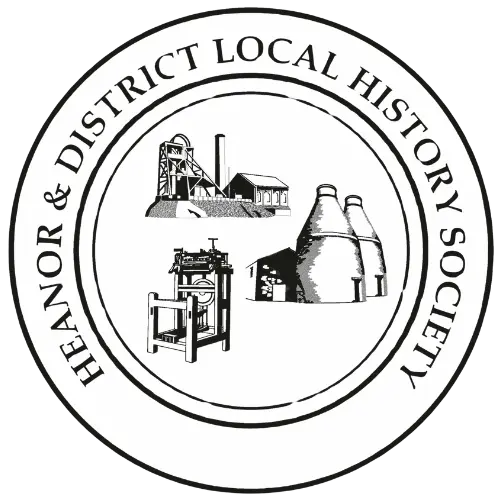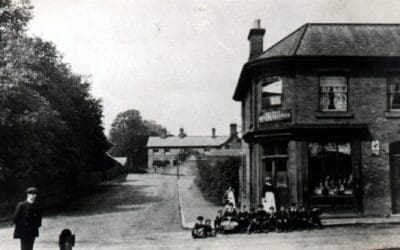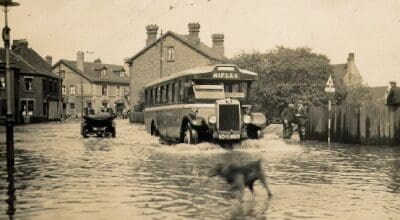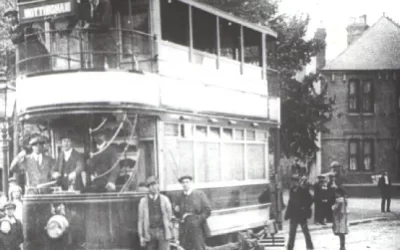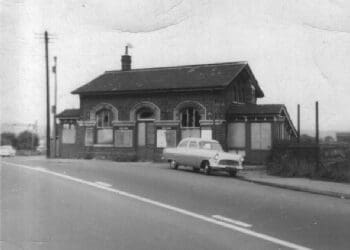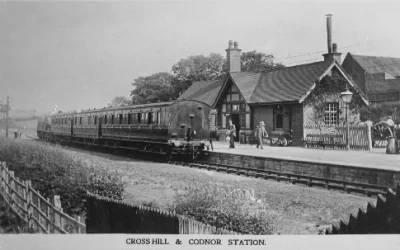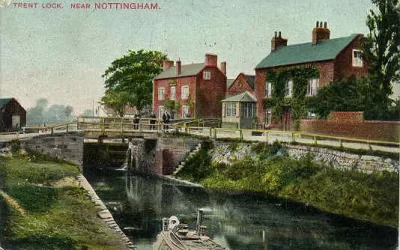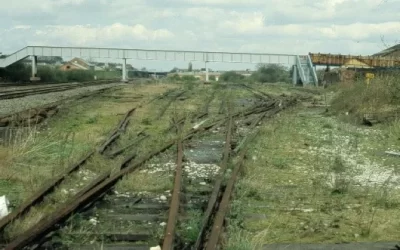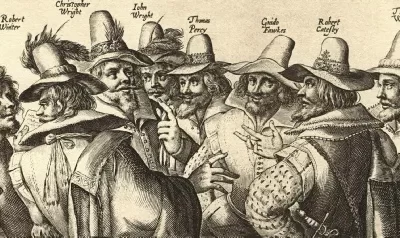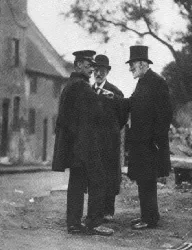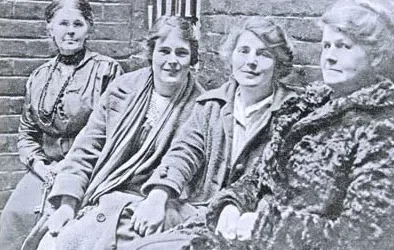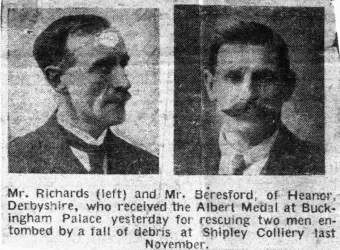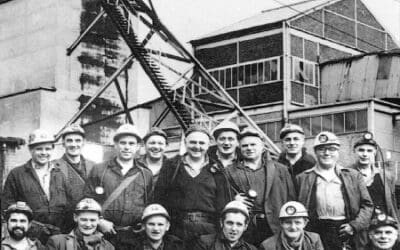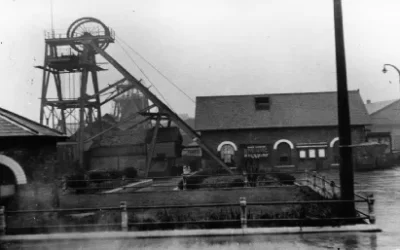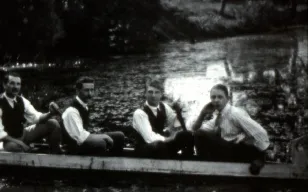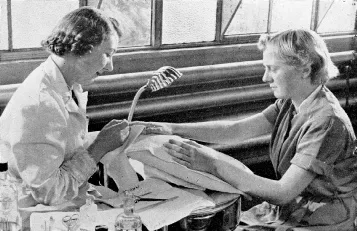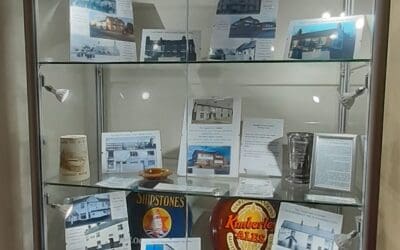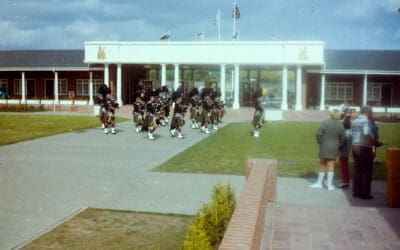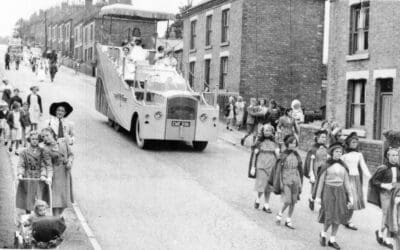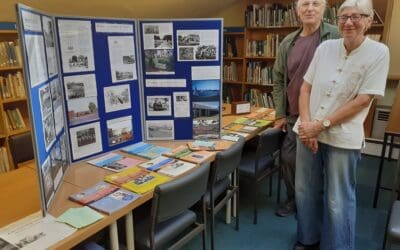The Domesday book of 1086 records a church at Heanor. Nothing is known of the earliest church in the town, but the large church situated at one corner of the Market Place dates from the fifteenth century. The mediaeval chancel and nave of this building was demolished in 1868, but the tower was left intact. This Victorian rebuilding couldn’t have been too good a job, as, in 1981, another major rebuild took place, and again only the tower was left as before.
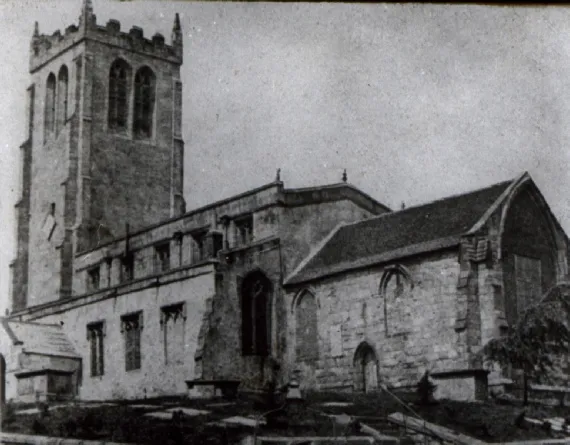
The dedication of the church to St. Lawrence causes some confusion, as it seems clear that at some stage it was dedicated to St. Michael. The list of rectors and vicars below is principally taken from “Notes on the Churches of Derbyshire” by J. Charles Cox, published in 1879. Cox states that the church is dedicated to St. Michael, but is aware of it being referred to as St. Lawrence’s too – he states that this is a mistake in a recent directory, but this was not the case. He categorically says that it was Heanor St Michael in the sixteenth century. When the change to the dedication actually took place is unknown.
From the 13th century, the church was under the patronage of the de Greys of Codnor Castle. It was transferred to the Abbey of Dale in 1478, until the dissolution, following which it reverted to the crown.
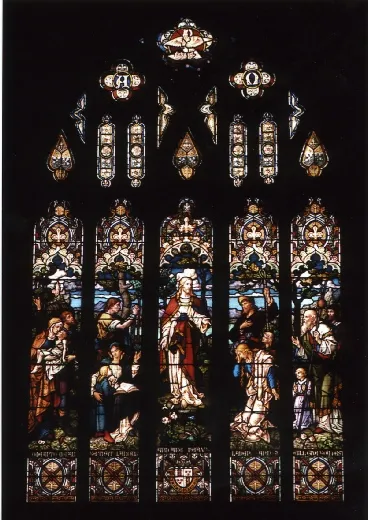
Rectors and Vicars of Heanor 1298 to 2004 | ||
| Rectors | ||
| 1298 | Eudo de Derby | Patron – Sir Henry de Grey |
| 1304 | Roger de Shutton | Patron – Sir Henry de Grey |
| 1320 | John de Shiringham | Patron – Sir Richard de Grey de Codnor |
| 1346 | Gilbert de Grey | Patron – Richard de Wylloughby |
| 1348 | Nicholas de Grey | Patron – Sir John de Grey de Codnor |
| 1349 | Roger Sauseman | Patron – Sir John de Grey de Codnor |
| 1370 | Ralph de Barton | Patron – Sir John de Grey de Codnor |
| 1385 | Roger de Cherlton | Patron – John, Lord de Grey de Codnor |
| 1434 | William Thrumpton | Patron – Henry, Lord de Grey |
| 1435 | William Wethurby | (rector of Morley) |
| 1440 | John Fowler | Patron – Henry, Lord de Grey |
| Vicars | ||
| 1475 | William Tykhull | Patron – Abbot of Dale |
| 1477 | John Middleton | |
| 1485 | Richard Nottingham | (Canon of Dale) |
| 1491 | William Cutt | |
| c.1535 | Oliver Pyggen | |
| 1547 | Richard Arnolde | Patron – Robert Cooke de Little Hallam |
| 1565 | Laurence Brookes | Patron – the Queen |
| 1592 | William Ashby | |
| 1633 | Josias Hawksworth | Patron – the King |
| 1650 | Samuel Wright | Parliamentary Commission |
| 1664 | James Rathbone | |
| 1669 | George Westwood | |
| 1698 | Samuel Lees | Patron – the King |
| 1737 | William Clarke | Patron – the King |
| 1774 | William Gould | (died in 1788 after being kicked by his horse at Eastwood, after hunting) |
| 1788 | John Thompson | Patron – the King |
| 1821 | Richard Whinfield | Patron – the King |
| Rectors | ||
| 1866 | Frederick Corfield | Patrons – Francis Wright and others |
| 1879 | Conyngham William George Corfield | |
| 1886 | Claud Evelyn Lacy Corfield | |
| 1911 | Ashley Tregoning Corfield | |
| Vicars | ||
| 1917 | Herbert Gilgrist | |
| 1933 | Douglas Gerard Smith | |
| 1946 | Stephen Robert Futers | |
| 1958 | Harry Benjamin Roberts | |
| 1970 | John Goodwin | |
| 1975 | Ron McMullen | |
| 1989 | Cedric Blakey | |
| 1998 | Ian Pallett | |
| Priests in Charge | ||
| 2004 | Dan Pattimore | |
| 2014 | Vacant | |
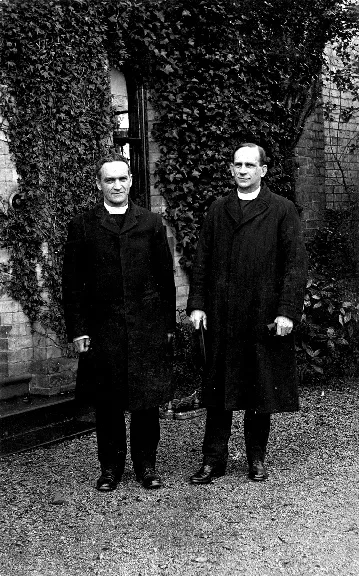
From 1866 to 1917, the Corfield family dominated the church at Heanor. The stained-glass window above shows the former east window at St Lawrence’s, placed in memory of Frederick Corfield in 1883. The lower photograph shows two of Frederick’s children, Claud Corfield and Ashley Corfield – this was taken in 1911, when Claud had moved to Taunton.
